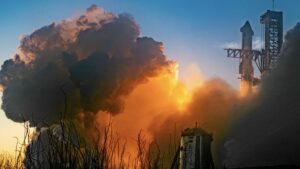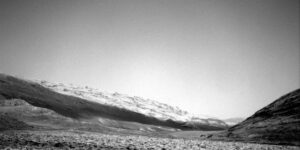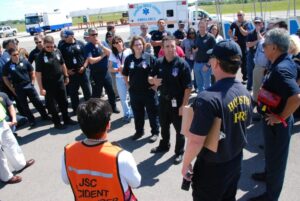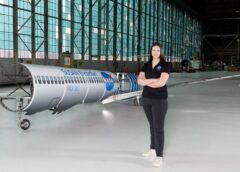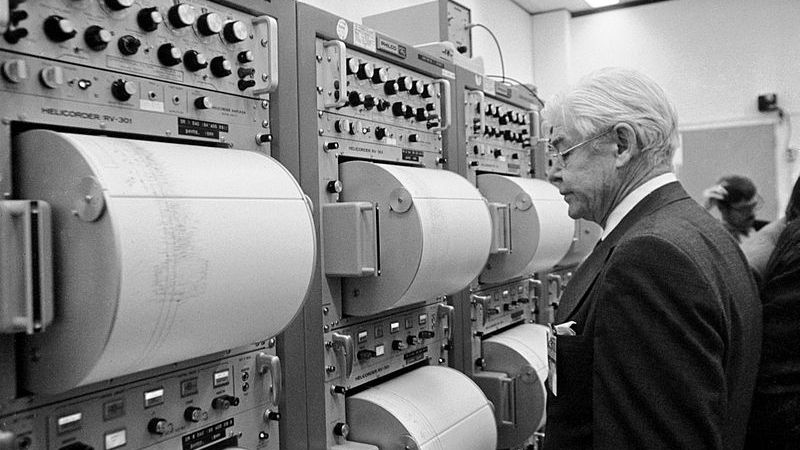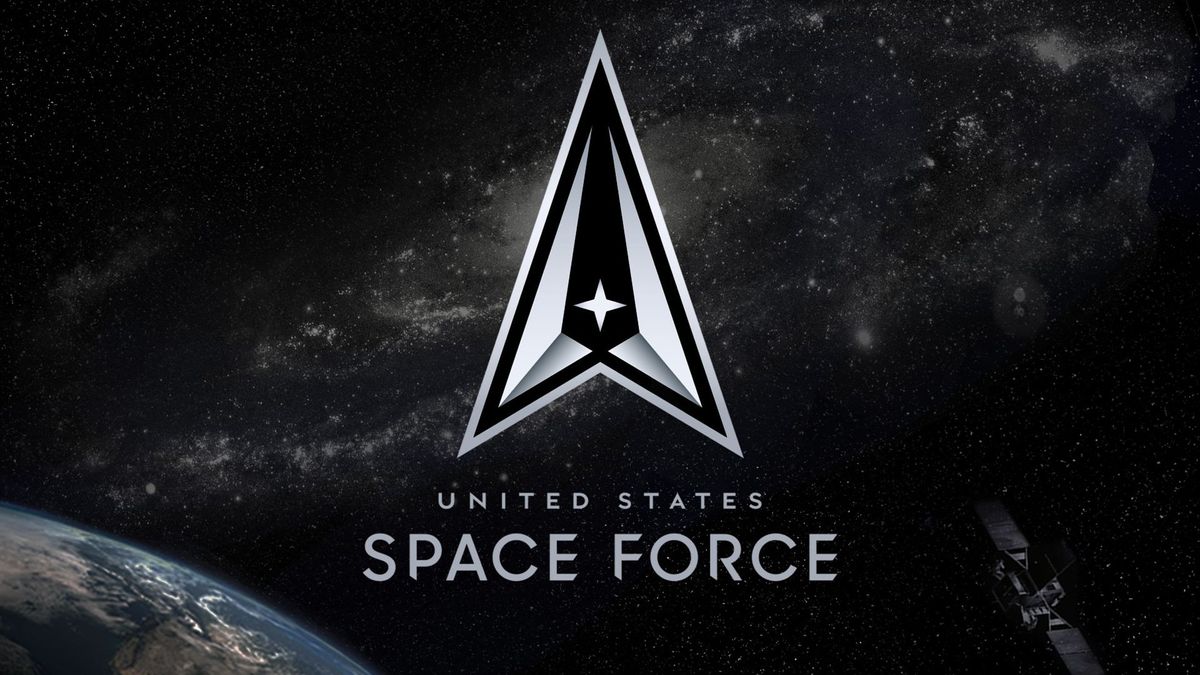NASA, on behalf of the National Oceanic and Atmospheric Administration (NOAA), selected Ball Aerospace & Technologies Corporation of Boulder, to develop the sounder instrument for a Geostationary Extended Observations (GeoXO) satellite program.
Read MoreSnowy Egret Searches the Waters
A snowy egret, identifiable by its slender black bill, black legs and yellow feet, marches through a pond near NASA’s Kennedy Space Center, looking for food in this image from March 29, 2007.
Read MoreNASA, NSF Collaborate to Strengthen Research Capabilities
Ten research investigators at nine academic institutions will advance their science and technology projects while contributing to NASA’s research priorities through an agency collaboration with the U.S. National Science Foundation (NSF). NSF is providing $2.7 million in funding through its Established Program to Stimulate Competitive Research (EPSCoR) program to strengthen research infrastructure and NASA is providing $600,000 in funding through its EPSCoR Research Infrastructure Development program. The partnership provides NSF EPSCoR Research Fellows access to the space agency’s expert workforce and unique facilities and equipment. Fellows will learn new techniques,…
Read MoreScience in Space: Week of Sept. 8, 2023 – The Immune System in Space
Crew members aboard the International Space Station conducted a variety of scientific investigations during the week ending Sept. 8, 2023, including the ESA (European Space Agency) investigation Immunity Assay.
Read MoreAstronaut Frank Rubio breaks US record on way to spending a year in space
Frank Rubio didn’t set out to break a record, but today aboard the International Space Station (ISS), he will do just that. Rubio, a NASA astronaut and member of the space station’s 69th expedition crew, will become the American who has flown the longest space mission in U.S. history. At 1:39 p.m. EDT (1739 GMT) on Monday (Sept. 11), he will surpass the 355 days, 3 hours and 45 minutes logged by NASA astronaut Mark Vande Hei in 2022. Further, since he is not scheduled to land until Sept. 27,…
Read MoreMysterious moonquake traced to Apollo 17 lunar lander base
When they went to the moon, Apollo astronauts placed seismometers on the surface. Those instruments strikingly revealed that the moon experiences moonquakes, just as the Earth experiences earthquakes. In fact, scientists have since determined there are four types of moonquakes: Deep, shallow, thermal and the kind stemming from meteorite impacts. But a new look at thermal earthquake data recorded by instruments from the Apollo 17 mission has unveiled a fifth and unexpected type of moonquake — one that emanates from the Apollo 17 lunar lander base itself. During the Apollo 17…
Read MoreExperience the Overview Effect with the Felix & Paul VR trilogy ‘Space Explorers: Blue Marble’
Get ready to experience the Overview Effect for yourself. Advancing outer space VR experiences for armchair astronauts equipped with an Oculus Quest or Oculus Quest 2 headset, Felix & Paul Studios just announced the release of the VR trilogy, “Space Explorers: Blue Marble,” with the addition of “Space Explorers: Blue Marble – Orbit 2” and “Space Explorers: Blue Marble – Orbit 3.” This expands upon the immersive narrative arc first revealed earlier this year with “Space Explorers: Blue Marble – Orbit 1.” Now the whole trilogy is available at Metaquest…
Read MoreAstronaut wields new space camera to see lightning strikes on Earth
An astronaut and his new camera will peer at the heart of lightning storms to learn more about their structure. European Space Agency astronaut Andreas Mogensen plans a stormy followup to his 2015 research on the International Space Station. Newly arrived at the orbiting complex for a six-month mission, Mogensen will look once again at lightning storms on Earth. Elusive phenomena he hopes to see include “blue jets” (upside-down lightning) and “red sprites” (discharges in a layer of the Earth’s atmosphere, known as the mesosphere.) “There’s still a lot to…
Read MoreIndia’s Chandrayaan-3 robotic moon explorers don’t have heaters. Can they survive the frigid lunar night?
After a groundbreaking two-week mission, India’s robotic explorers are fast asleep in the frigid darkness of the moon’s south pole region. Whether they’ll wake up when the sun shines down on them at the end of this lunar night mostly whittles down to luck. Temperatures near the moon’s poles can drop to as low as -424°F (-253°C or 20 K). Yet neither Chandrayaan-3’s lander, Vikram, nor its rover, Pragyan — which made a historic touchdown on Aug. 23 — are equipped with heaters otherwise common for moon missions. These heaters,…
Read MoreThe US Space Force has a new mission statement to secure everything ‘in, from and to space’
The United States Space Force has a new mission statement. Space Force unveiled the new statement this week, outlining the service’s mission in just nine brief words: “Secure our Nation’s interests in, from, and to space.” In a statement, the service’s top officer, Chief of Space Operations Gen. Chance Saltzman, said the new mission statement was produced exclusively through soliciting suggestions from Space Force servicemembers, who are known as Guardians. “We did not hire a corporate marketing team to develop a catch phrase,” Saltzman said. “Nor did generals sit around…
Read More
